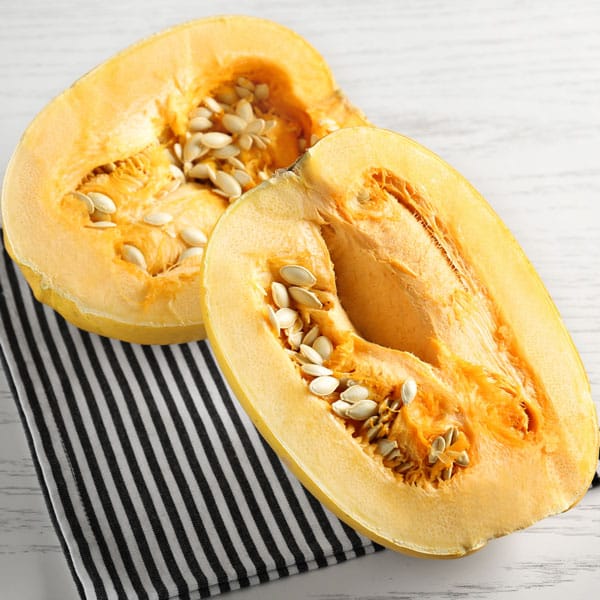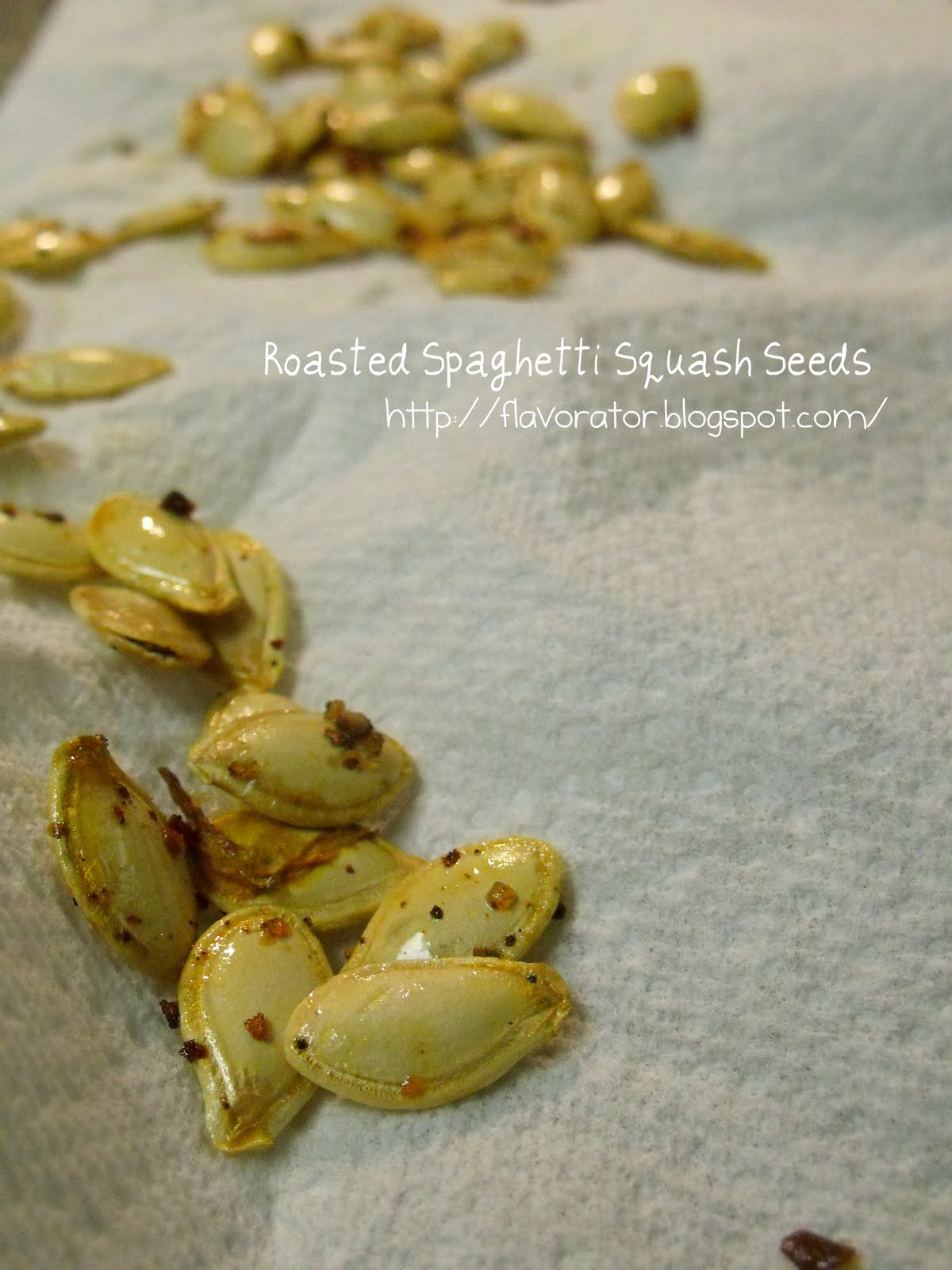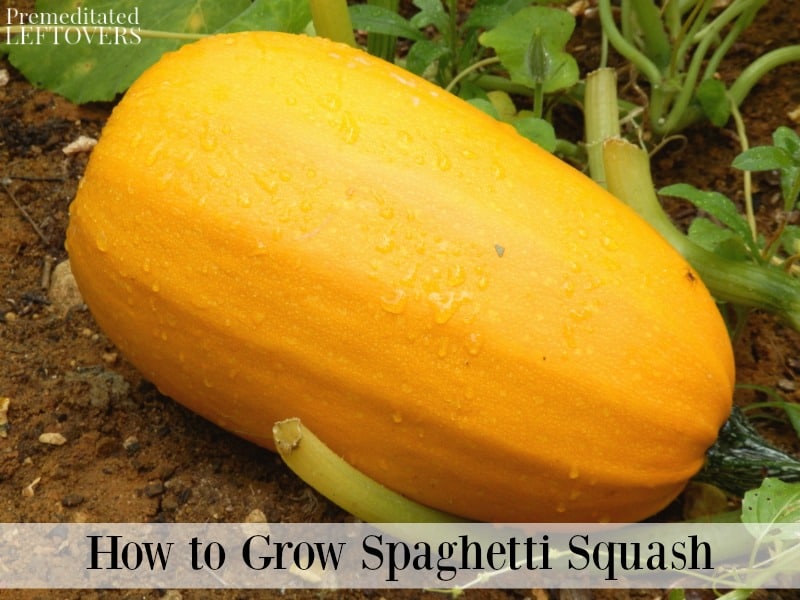

We recommend Partial Sun during the months of August and September, then Full Sun October through March. Plant again from August through December, harvest into the Winter. We recommend Full Sun through Early May, then transition to Partial Sun in Late May. North Florida: Plant in the Spring (after the last frost) and harvest into early Summer. Begins to fruit 2 to 3 months after planting.

Make sure that your plants are kept well-watered. Morning sun is preferable during the warmer months, direct sun is advisable between late Fall and early Spring. Spaghetti Squash grows well in large containers as well as in the ground. This variety is just as easy to grow as it is packed with flavor! Made it? Let us know how it went in the comment section below!Įditor's Note: This page was updated on Jto include more information about the recipe.Spaghetti Squash is an heirloom variety that grows into a bush and produces a squash whose insides have the texture of spaghetti noodles. If you'd like to take it the pasta route, heat up some marinara or Alfredo sauce and spoon it right on top! And if you're looking for a well-rounded dinner, all in a convenient spaghetti squash bowl, give Chicken Primavera Spaghetti Squash Boats a try! Spaghetti squash is the perfect side when tossed with butter and seasoned well with salt and pepper, and you can pair it with just about anything. Uncut and uncooked, spaghetti squash can keep for up to 2 weeks! Once the spaghetti squash has been cooked, you can store it in an airtight container for 3 to 5 days. Craving cacio e pepe and some veggies? Try subbing in spaghetti squash instead! It's low in calories, high in fiber, and chock full of vitamins and minerals including manganese, vitamin C, and vitamin B-6. Pour off any excess liquid and pat the inside of the squash dry with a paper towel. Our Burrito Spaghetti Squash Boats are a good place to start.Īfter you cut the squash open, sprinkle both halves with a pinch of salt and let them sit for about 10 minutes to draw some of the excess moisture out. Though it’s great by itself or topped with a little parm, we’ve got some recipes that will put regular old pasta to shame. When it’s ready, let cool slightly before creating "spaghetti" with your fork. Over-roasting can lead to soggier “spaghetti”, so it’s best to keep a close eye on the squash. If not, continue baking and check on it every 5 to 10 minutes.

If the spaghetti-like strands easily release from the skin, it’s ready. If 40 minutes have passed, and you’re not sure if the squash is ready, pull it out of the oven and drag the tines of a fork on the cut side. Pop it in a 400☏ oven for 40 minutes.ĭepending on the size of your squash, this could take closer to an hour. Flip the squash cut-side down on a baking sheet.ģ. (But wait-don't toss them! Spread 'em on a baking sheet with chili powder and salt and roast for a crunchy snack!) Drizzle the cut sides with olive oil and season with salt and pepper. If you need a little visual help, before cutting with a chef's knife, use a sharp paring knife to score an outline around the squash where it will be cut in half.

This is definitely the hardest part of making spaghetti squash, but with a sharp chef’s knife and some determination, you’ll do just fine. To start, cut your squash in half lengthwise. It’s super easy to make and there are so many ways to cook with it.ġ. If you're maintaining a low-carb diet, there is no food more magical than spaghetti squash.


 0 kommentar(er)
0 kommentar(er)
